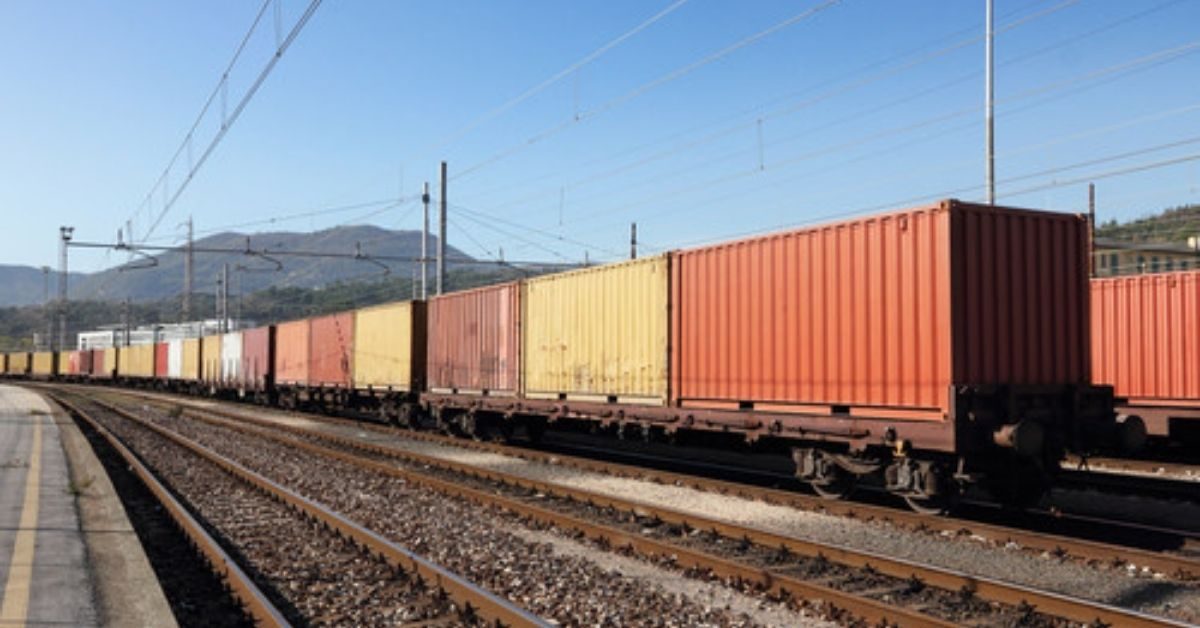“On aggregate, we should be reaching 55% rail and 45% road,” Ashwini Vaishnaw said. “The cost of logistics will reduce to anywhere between 7.5-8.0% of the GDP if we do this.
In 2022, the government came out with a National Logistics Policy to reduce the country’s logistics costs to single digits from 13–14% of the GDP. The share of railways should be 80–85% for heavy and high-density cargo such as coal, cement and steel, Vaishnaw said. For parcels, it should be 50–50 for rail and road.
The government is “working hard to achieve this target”, the minister said without revealing a timeline for the stated target.
However, the government’s National Rail Plan aims to increase the share of freight traffic by rail to 45% from 27% by 2030. Measures such as the development of dedicated freight corridors, increasing network capacity and upgrading infrastructure are being executed to meet that objective. The dedicated freight corridors are nearing completion, and the laying of new tracks will maintain a pace of 14km a day to cater to the increasing demand, Vaishnav said.
The national transporter added 5,200 km of new tracks in FY23, with Rs 26,000 crore allocated for laying new tracks. In FY24, that allocation rose to Rs 31,850 crore in the overall Rs 2.4 lakh crore budget for the railways. “Anywhere between Rs 2.4 and Rs 2.6 lakh crore is what we should maintain,” Vaishnaw said. “Simultaneously, we have to ramp up operational and safety standards; that’s why we think it is an optimal level for the next few years.”
The minister said the economic advantage of catering to the increasing demand of carrying cargo through railways should drive the investment decisions. The entire logistics sector can save at least Rs 1.25 lakh crore every year if railways take on even half of the freight demand created in a growing economy like India, he said. He also explained how the private sector’s participation in the sector is limited due to the complexity of the network.
This kind of complexity is best handled in the public sector, he said. Vaishnaw cited the example of the UK, which had to bring the railways back under the purview of the government after multiple attempts at privatisation. “It’s too complex a sector for private sector firms; it’s too complex an entity,” he said. Multiple subsystems interacting with each other make it difficult to allocate responsibility for any failures in the network, he said.








